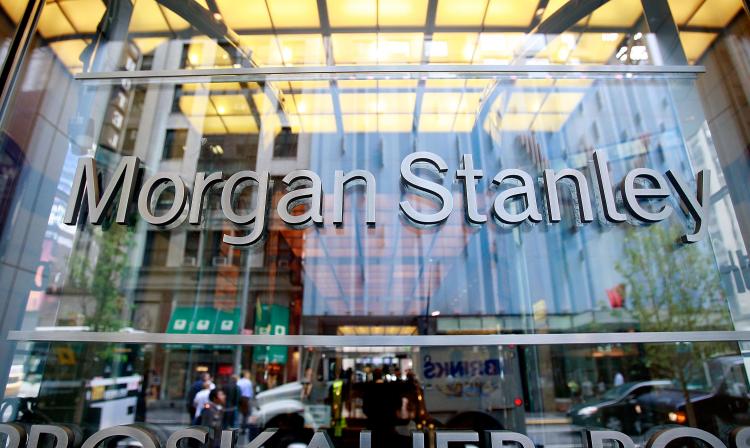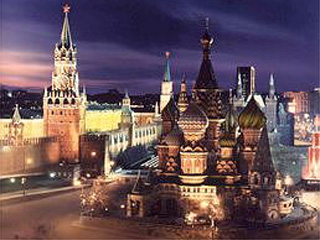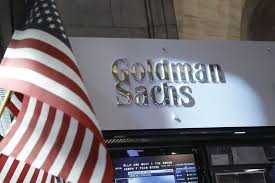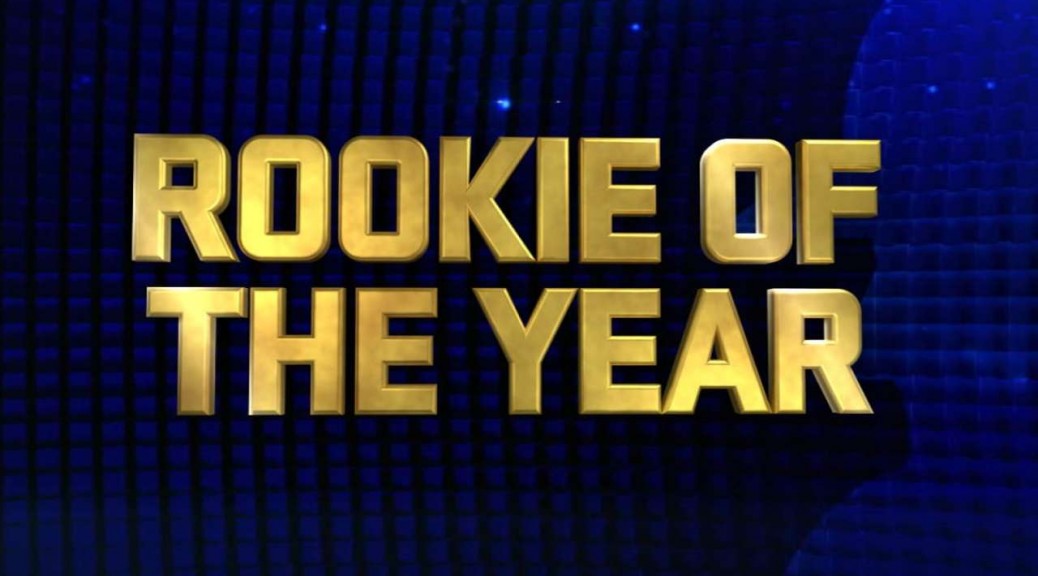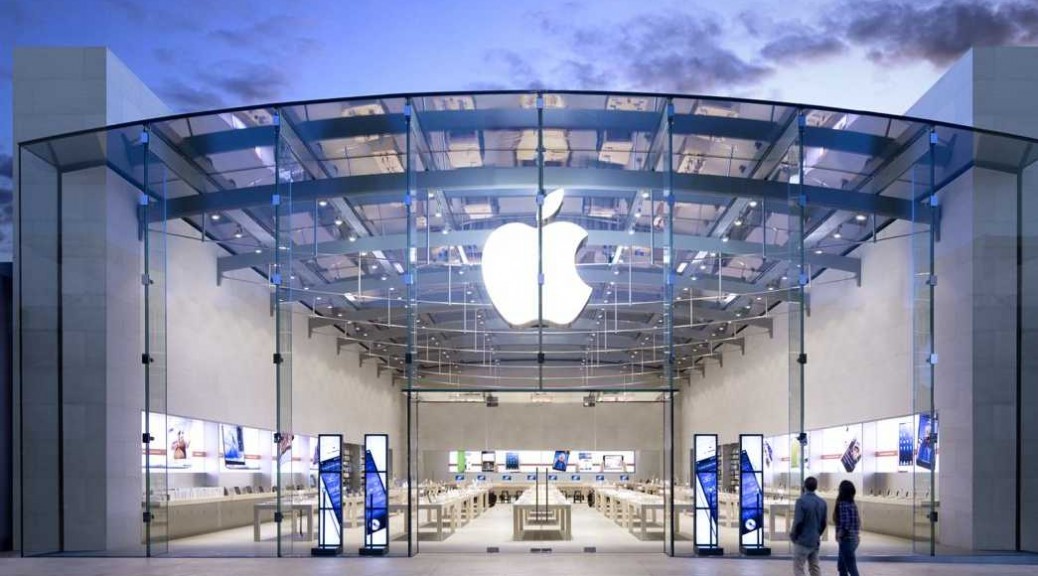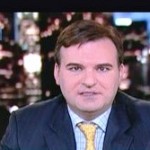The barrier to entry for issuers of ETFs keeps getting lower. What used to cost anywhere between $1mil-$5mil and many months of filing paper work to create and finally launch a new ETF, now, for just only $100k (before marketing/advertising costs), you too can launch an exchange-traded fund in under three months and maybe even become the next iShares or Wisdom Tree. At least that is the premise profiled by Lara Crigger’s post at ETF.com in her coverage of J. Garrett Stevens and his white-label ETF maker, Exchange Traded Concepts LLC, aka “ETC”.
Below is extracted from Crigger’s coverage…

Six years ago, J. Garrett Stevens, CEO of FaithShares, had just launched his first ETFs. He and his partners sat back, counted their victories, and eagerly waited for investors to bang down the door to buy up the funds.
They never did.
The rest of the story is all too familiar. Stevens and his partners had spent far more than they anticipated on getting their funds to market, with little left over to make sure investors actually knew the funds existed. As a result, the five FaithShares ETFs, despite solid performance, failed to accrue enough assets to survive. FaithShares shuttered its doors in 2011.
But a funny thing happened on the way to dissolution.
“People started calling, wanting to know if they could buy our exemptive relief,” said Stevens. “Or they wanted to know if we could consult and help them launch their own funds, since we’d already been down that road.”
That gave Stevens an idea: a white-label service that would shoulder the burden for would-be ETF providers looking to launch their very own funds. Thus was Exchange-Traded Concept (ETC) born.
To continue reading about Garett Stevens and his new company, the Exchange Traded Concept (ETC), click here




